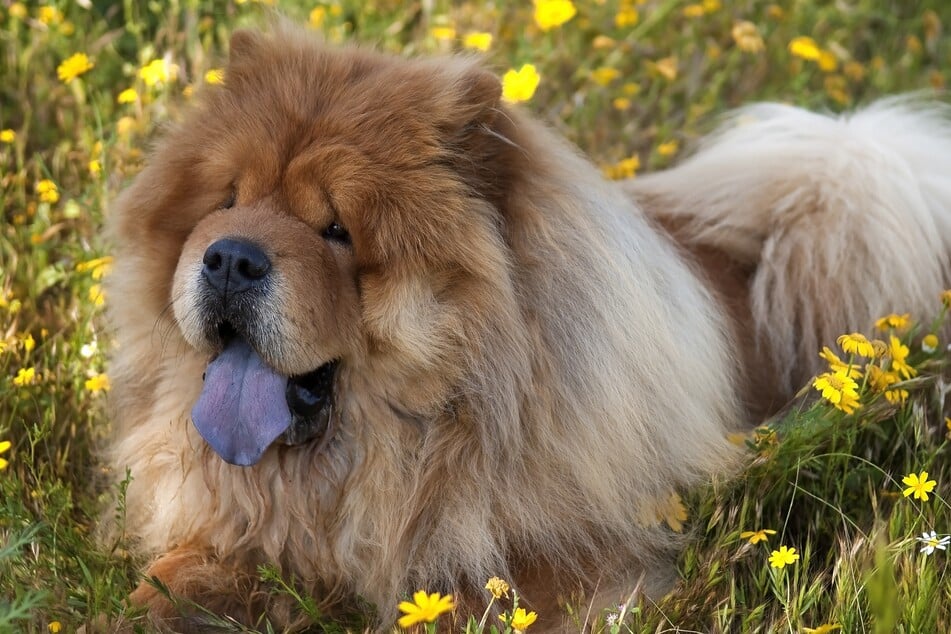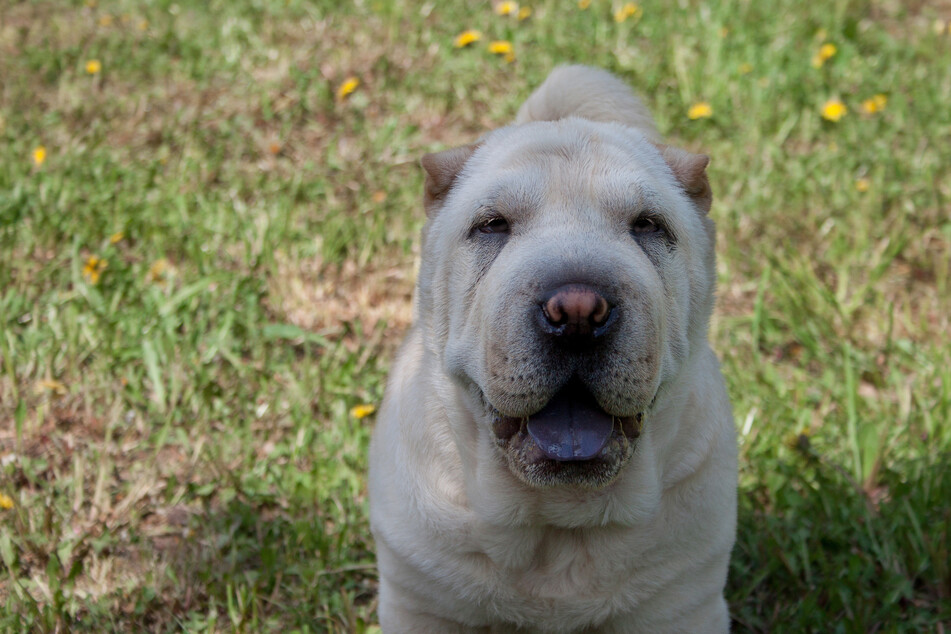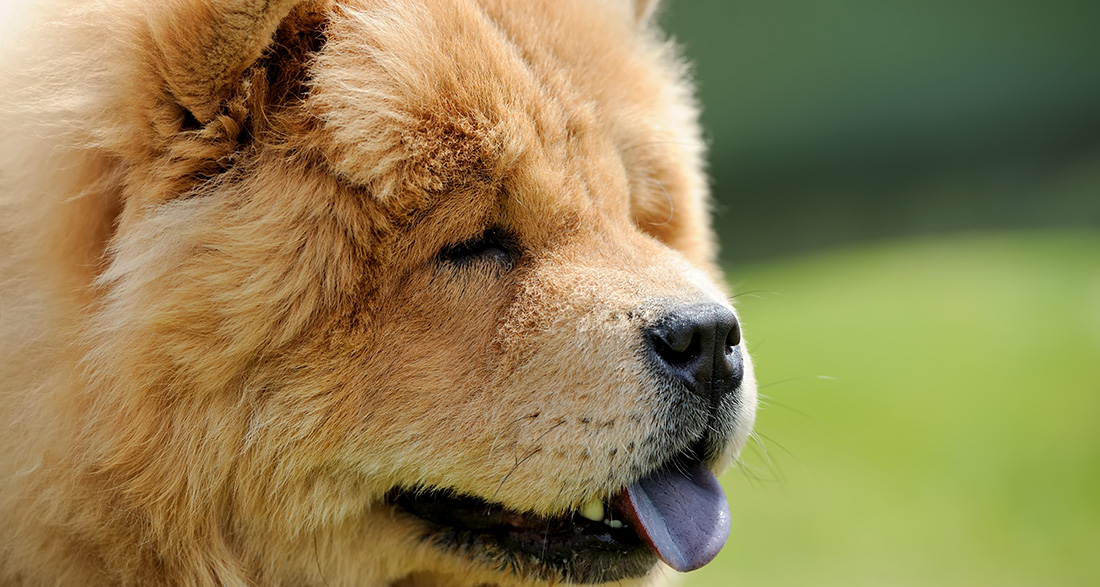Dogs differ in appearance and character. Each dog breed has specific traits. However, a blue tongue is only normal for three breeds, and for others, it’s a bad sign.
Humans bred dogs with various qualities based on their needs, such as hunting, pulling loads, or guarding homes. Breeds stand out through their behavior and physical characteristics.
The color of a dog’s tongue is also diverse. Some dogs have pink, others dark red, and some even have blue tongues.
Dog breeds with a blue tongue
The dog breeds with a normal blue tongue are the Chow-Chow, Shar-Pei, and Eurasier. The intensity of the tongue color varies from blue to purple and black. If other dogs have a blue tongue, it’s usually not a good sign. Learn what to look out for in the dog guide.
Chow-Chow

A blue tongue is a characteristic feature of Chow-Chows. Dogs of this breed are also called “fluffy lion dogs” and resemble teddy bears. Originally from China, Chow-Chows are among the world’s oldest dog breeds. In addition to the blue tongue, their thick fur is distinctive. This breed is very independent, stubborn, and self-determined, making training challenging.
The reason for the blue tongue is unclear. It is likely related to the Chow-Chow’s blood circulation, temperature regulation, or melanin production. However, the blue tongue has become a breed-specific trait.
Chow-Chows are not family dogs, and their acquisition should be carefully considered. Their character and strong hunting instinct pose a real challenge in training, so only experienced dog owners should consider getting a Chow-Chow.
Shar-Pei

Another breed from China with a blue tongue is the Shar-Pei. Their appearance has earned them the name “Chinese wrinkle dog.”
Shar-Peis not only have a blue tongue but also blue gums and a bluish palate. The short and hard coat varies widely in color.
The blue tongue of Shar-Peis likely has a genetic connection to the Chow-Chow breed.
Due to their physique, dog sports are not recommended for Shar-Peis. This breed is considered suitable for families as the dogs are usually calm, fond of children, and peaceful.
Eurasier

Eurasiers are hybrids of Chow-Chow, Keeshond, and Samoyed breeds, created to develop a very resilient sled dog.
The tongue with blue spots comes from the genetic relationship with Chow-Chows. However, not all Eurasiers have this pigmentation on the tongue. Despite their long fur, Eurasiers are considered easy to care for.
Their friendly and balanced nature makes Eurasiers good family dogs who enjoy having many people around them.
When acquiring a Eurasier, one should be aware that these dogs cannot stand being alone for long and need a lot of attention.
Myths about dogs with blue tongues
In addition to scientific theories about the biology of dogs with blue tongues, there are legends. Chow-Chows existed during the Han Dynasty in Asia, leading to a few stories about these dogs.
“The Dragon Dog”:
In Chinese mythology, the Chow-Chow is also called the “Dragon Dog.” It is said that this dog used to live in the sky and loved the day but hated the night, wishing for eternal daylight. For this reason, the Chow-Chow tried to lick the darkness from the sky, angering the gods who punished it with a dark tongue. This tongue was to remind it forever of its deed.
“A Piece of Heaven”:
Another story tells that a part of the sky fell to the earth during the creation of the world and fixing the stars. The Chow-Chow licked up these pieces of the sky, causing its tongue to turn blue.
Health causes for a blue tongue in dogs
If your dog doesn’t belong to the three breeds but still has a blue tongue, it may indicate an illness.
Usually, this is due to a lack of oxygen in the mucous membranes. In this case, not only the tongue but also the mucous membranes in the mouth, eyes, and genital areas may appear slightly bluish.
Possible reasons for such oxygen deprivation include:
- Severe exhaustion
- Circulatory shock
- Heart and lung diseases
If your dog is experiencing oxygen deficiency, it will eat less, be lethargic, and move little. Sometimes, dogs with an oxygen deficit may be restless and apathetic.
If there is a suspicion that the dog is ill, it should be urgently examined by a veterinarian.
A blue tongue is an optical peculiarity in Chow-Chows, Shar-Peis, and Eurasiers, while in other dog breeds, it signals a serious health problem.


